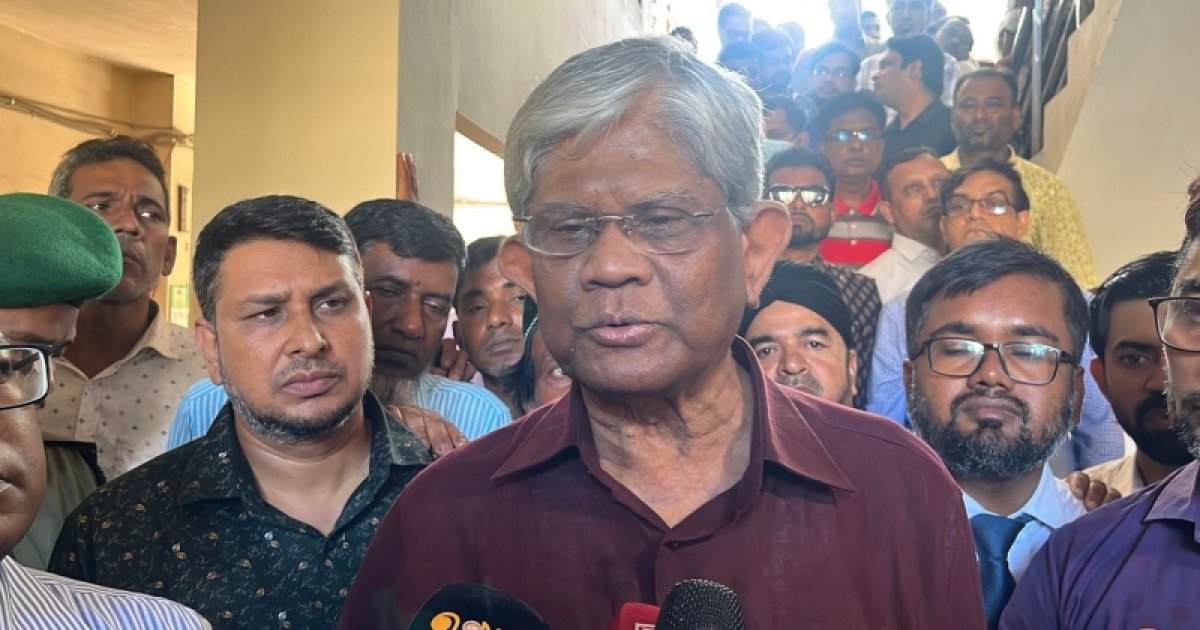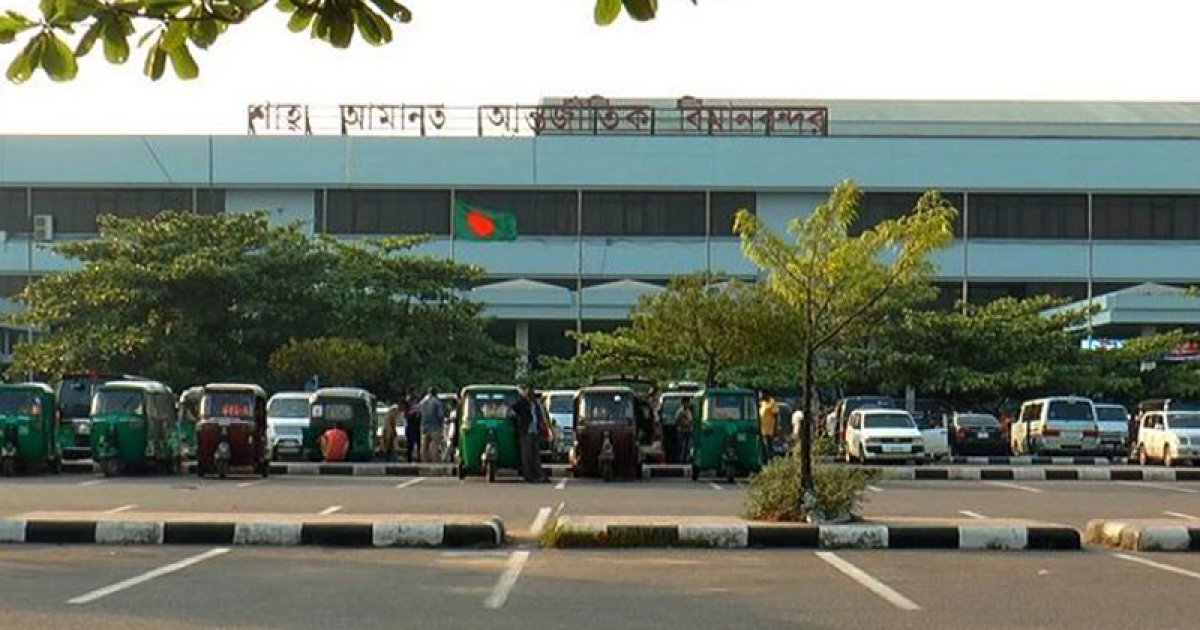India’s soaring remittance inflows set record, but new global policies pose risks
India continues to maintain its crown as the world’s top recipient of diaspora remittances, with inflows hitting a record $135.46 billion in the 2024–25 fiscal year. This figure represents a 14% increase from the previous year and highlights the growing economic influence of the Indian diaspora across the globe. However, emerging policy shifts in major host countries-especially the United States-signal potential threats to this vital financial lifeline.
According to data cited by The Economic Times, the $135.46 billion in remittance inflows accounted for over 10% of India’s gross current account receipts, which totaled $1 trillion. These remittances are classified under “private transfers” in India’s current account and have traditionally played a significant role in bolstering the nation’s external finances.
In a report by the Reserve Bank of India (RBI), the central bank underscored the continued importance of remittance receipts, stating that they “have generally remained higher than India’s gross inward foreign direct investment flows.” This observation emphasizes that while FDI remains volatile and sensitive to global capital trends, remittances have proven to be a more consistent and reliable source of foreign exchange.
The Indian diaspora is spread across more than 100 countries, but a handful of host nations account for the bulk of remittance inflows. According to The Indian Express, the United States led the pack, contributing 27.7% of total remittances to India in 2024–25. The United Arab Emirates followed with 19.2%, while the United Kingdom and Saudi Arabia contributed 10.8% and 6.7%, respectively.
This data marks a significant shift in remittance dynamics. Historically, Gulf nations like the UAE and Saudi Arabia dominated remittance flows, mainly from blue-collar workers in the construction and service sectors. However, the growing share from Western economies reflects an evolving demographic within the diaspora-one increasingly characterized by skilled professionals in sectors like technology, finance, and healthcare.
The World Bank has reaffirmed India’s position as the top remittance-receiving country for the 2024 calendar year, estimating inflows at $129 billion. India is followed by Mexico ($68 billion), China ($48 billion), the Philippines ($40 billion), and Pakistan ($33 billion).
Remittances are not just an economic statistic but a social and developmental lifeline. They contribute significantly to household incomes, education, healthcare, and small-scale investments, particularly in rural and semi-urban India. According to studies by the RBI and World Bank, remittance-receiving households in India often exhibit better living standards, higher levels of financial inclusion, and more stable consumption patterns.
One of the primary reasons for the surge in remittances is the migration of highly skilled labor to developed economies. Gaura Sengupta, chief economist at IDFC First Bank, told The Economic Times that “the strong growth in remittances has persisted despite a weakness in crude oil prices.” This decoupling from oil price trends, which previously impacted Gulf-based remittances, is due to a growing share of skilled workers heading to nations like the US, UK, Canada, and Singapore.
This trend has been catalyzed by India’s expanding higher education system and the rising demand for Indian professionals in IT, engineering, medicine, and academia. Indian-origin workers are increasingly finding employment in high-paying roles, which translates into larger and more regular remittance flows back home.
Despite the current buoyancy, looming policy changes in key remittance corridors could dampen future inflows. On July 1, the US Senate passed President Donald Trump’s “One Big Beautiful Bill Act,” a comprehensive fiscal and taxation package. Among its many provisions is a controversial new 1% tax on all overseas money transfers made by non-citizens.
This remittance tax will apply to transfers made through cash, money orders, and cashier’s cheques, potentially increasing the cost burden on millions of immigrant workers. Critics argue that the tax unfairly penalizes low- and middle-income earners who depend on remittances to support families in their countries of origin.
The new tax could disproportionately affect Indian migrants, especially those working in the US on temporary visas like H-1B or student/work permits. According to migration experts, even a modest tax could lead to a significant cumulative reduction in remittance volumes, either by discouraging transfers or driving them underground via informal channels like hawala.
Aside from the US, other countries are also reevaluating their immigration and fiscal policies, which could affect remittance flows. The UK has introduced new visa restrictions for family reunification, while Singapore is tightening rules for foreign professionals. Economic uncertainties in advanced economies-driven by inflation, geopolitical tensions, and slowing growth-could further squeeze the disposable incomes of diaspora communities.
The RBI has acknowledged these risks, noting that “remittance flows are sensitive to host-country employment conditions, exchange rate fluctuations, and regulatory changes.” A global slowdown or major shift in immigration policy could negatively impact the consistent rise in India’s remittance receipts.
To cushion against future disruptions, Indian policymakers are now looking to formalize and strengthen the remittance ecosystem. Initiatives include reducing transaction costs, expanding digital money transfer infrastructure, and partnering with foreign governments to ensure the rights and well-being of Indian migrant workers.
The Ministry of External Affairs and the Ministry of Finance are also reportedly in dialogue with the US and Gulf nations to address concerns over recent regulatory shifts. Moreover, remittance flow diversification-targeting emerging corridors in Europe, Southeast Asia, and Africa-is being discussed as a strategic hedge.
India’s record-breaking $135.46 billion in diaspora remittances reflects both the economic resilience of the Indian migrant workforce and the growing value of skilled labor abroad. These inflows have become more than just financial transfers; they are a symbol of India’s expanding global footprint.
However, the rising tide of restrictive fiscal policies in host countries poses a real and imminent challenge. As India seeks to sustain and grow this vital revenue stream, it must navigate a changing global landscape with strategic foresight, robust diplomacy, and proactive policy reforms. The remittance boom, while impressive, cannot be taken for granted.
Please follow Blitz on Google News Channel
Sonjib Chandra Das is a Staff Correspondent of Blitz.
indias-soaring-remittance-inflows-set-record-but-new-global-policies-pose-risks















Leave a Reply